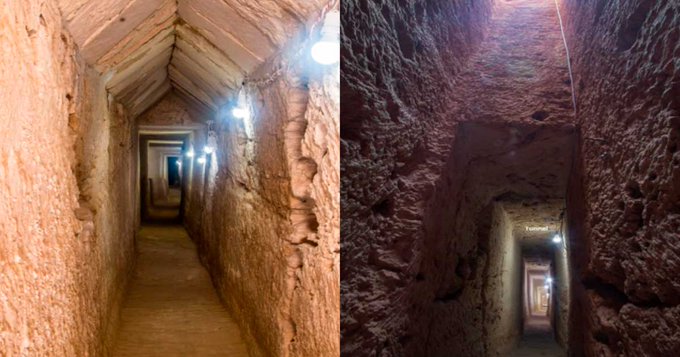
This ruler belonged to a long line of Greek Macedonians whose ancestor is Ptolemy I, one of the most trusted lieutenants of Alexander the Great. The Ptolemaic dynasty ruled Egypt from 323 BC. to 30 B.C. and most of its rulers remained faithful to Greek culture. In fact, Cleopatra was known as one of the first members of this dynasty to speak the Egyptian language. Although she came from the Ptolemaic family, which cultivated incestuous marriages, she did not have certain physical defects. On the contrary, in addition to her physical beauty, she was also gifted with a very good intellect when it comes to diplomacy and head of state. It is interesting that although she was staying in Rome, during the murder of Julius Caesar, the government did not prosecute her.

Cleopatra, along with Mark Antony, took her own life in 30 BC. after Octavian’s forces exiled them to Alexandria. While Antony is believed to have stabbed himself in the stomach, Cleopatra’s method is less well known. Legend has it that she died after letting a poisonous snake bite her hand, but the ancient chronicler Plutarch claims that what really happened is unknown. He says that Cleopatra is known to have hidden poison in her combs, and the historian Strabo states that she probably applied a deadly cream. With this in mind, many scientists suspect that she used a needle dipped in some kind of poison.
A tunnel discovered under an Egyptian temple
Kathleen Martinez, an archaeologist from the University of Santo Domingo, has been searching for Cleopatra’s lost tomb for almost 20 years. Now she believes she has made a crucial breakthrough. Martinez and her team discovered a 1,305-meter tunnel, located 13 meters underground, Egypt’s Ministry of Tourism and Antiquities announced recently, and architectural design experts called the discovery an engineering marvel.
“The excavation revealed a huge religious center with three sanctuaries, a sacred lake, more than 1,500 objects, busts, statues, gold objects, a huge collection of coins depicting Alexander the Great, Cleopatra and Ptolemy,” Martinez told CNN. .
“The most interesting discovery is the complex of tunnels that lead to the Mediterranean Sea and submerged structures that have not yet been explored,” she added.

Exploring these underwater structures will be the next phase of her search for the lost tomb of the Egyptian queen – a journey that began for her in 2005.
“I admire Cleopatra as a historical figure. She was a victim of Roman propaganda, with the aim of spoiling her image,” Martinez said.
“She was an educated woman, probably the first to be formally taught at the Museum in Alexandria, the cultural center of her time,” says Martinez, who noted that she admired Cleopatra as a student, but also as a person who spoke several languages, was a philosopher and a mother. .
When her partner, the Roman general Mark Antony, died in her arms in 30 BC, Cleopatra took her own life soon after by allowing herself to be bitten by a snake, according to popular belief. That moment has been immortalized in art and literature – but, more than two millennia later, little is known about where their remains actually are.
A series of clues led Martinez to believe that Cleopatra’s tomb could be located in the Temple of Osiris in the ruined city of Taposiris Magna, in northern Egypt, where the Nile River empties into the Mediterranean Sea. As he explains, Cleopatra in her time was considered the human incarnation of the goddess Isis, as Antony was considered the embodiment of the god Oris, Isis’s husband.
I will discover hope from dreams
Martinez therefore believes that Cleopatra may have decided to bury her husband in the temple in order to keep everything in line with this myth. Of all the 20 temples around Alexandria she has studied, she says no other site, structure or temple has such a perfect combination of conditions for this – as the temple of Taposiris Magna. In 2004, Martinez presented her theory to Zahia Hawass, an Egyptian archaeologist who was then Egypt’s minister of antiquities. Her project was approved a year later. And after years of searching, Martinez feels he’s getting closer to his dream discovery. Excavations so far have revealed that the temple was dedicated to Isis – which Martinez believes is another sign that the lost tomb is nearby.
According to a statement from the Ministry of Tourism and Antiquities, the Egyptian coast has been affected by earthquakes for centuries, causing parts of Taposiris Magna to collapse and sink under the waves. Although “it’s too early to know where these tunnels lead,” Martinez believes that if they lead to Cleopatra, it will be the most important discovery of the century.

Leave a comment